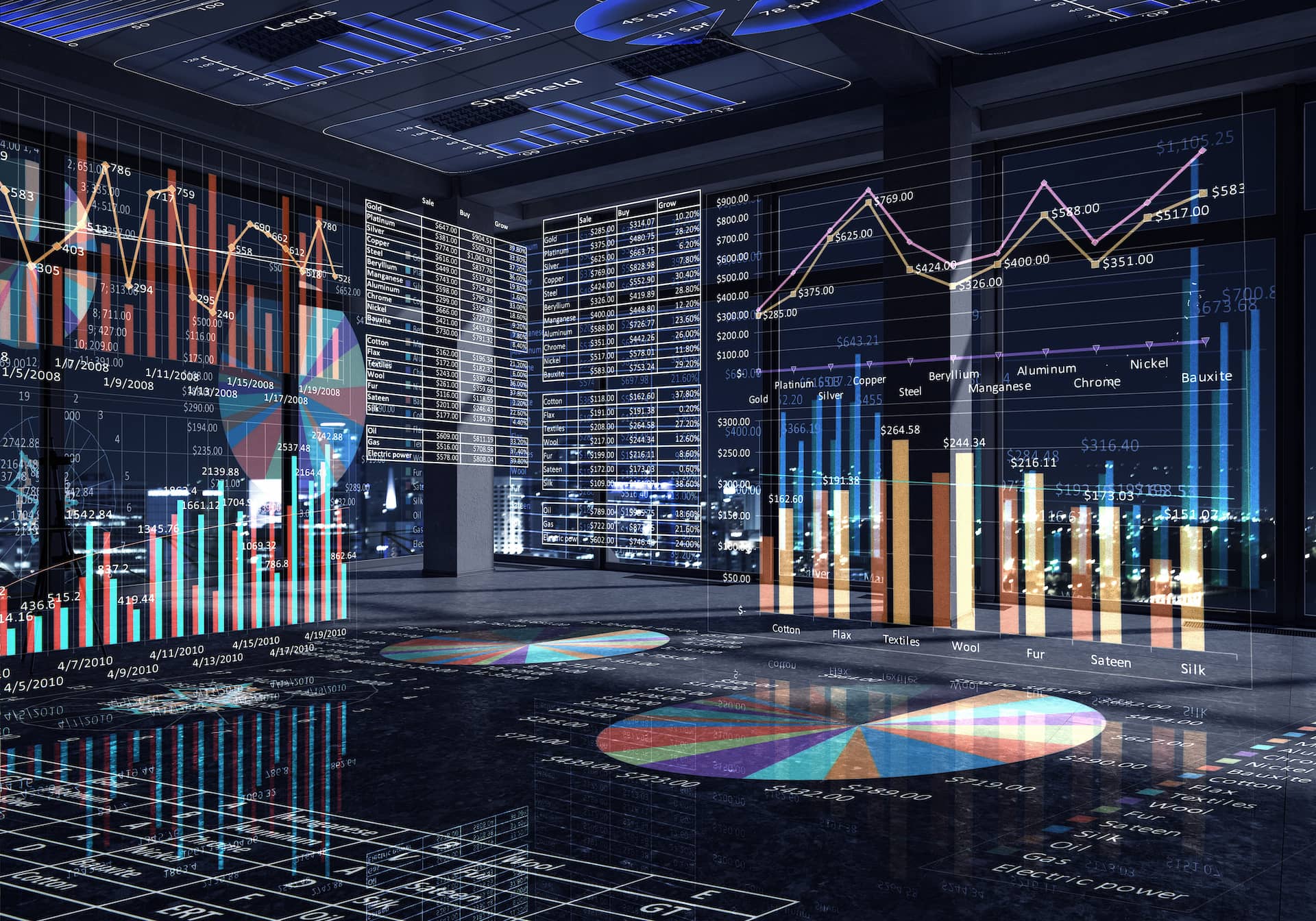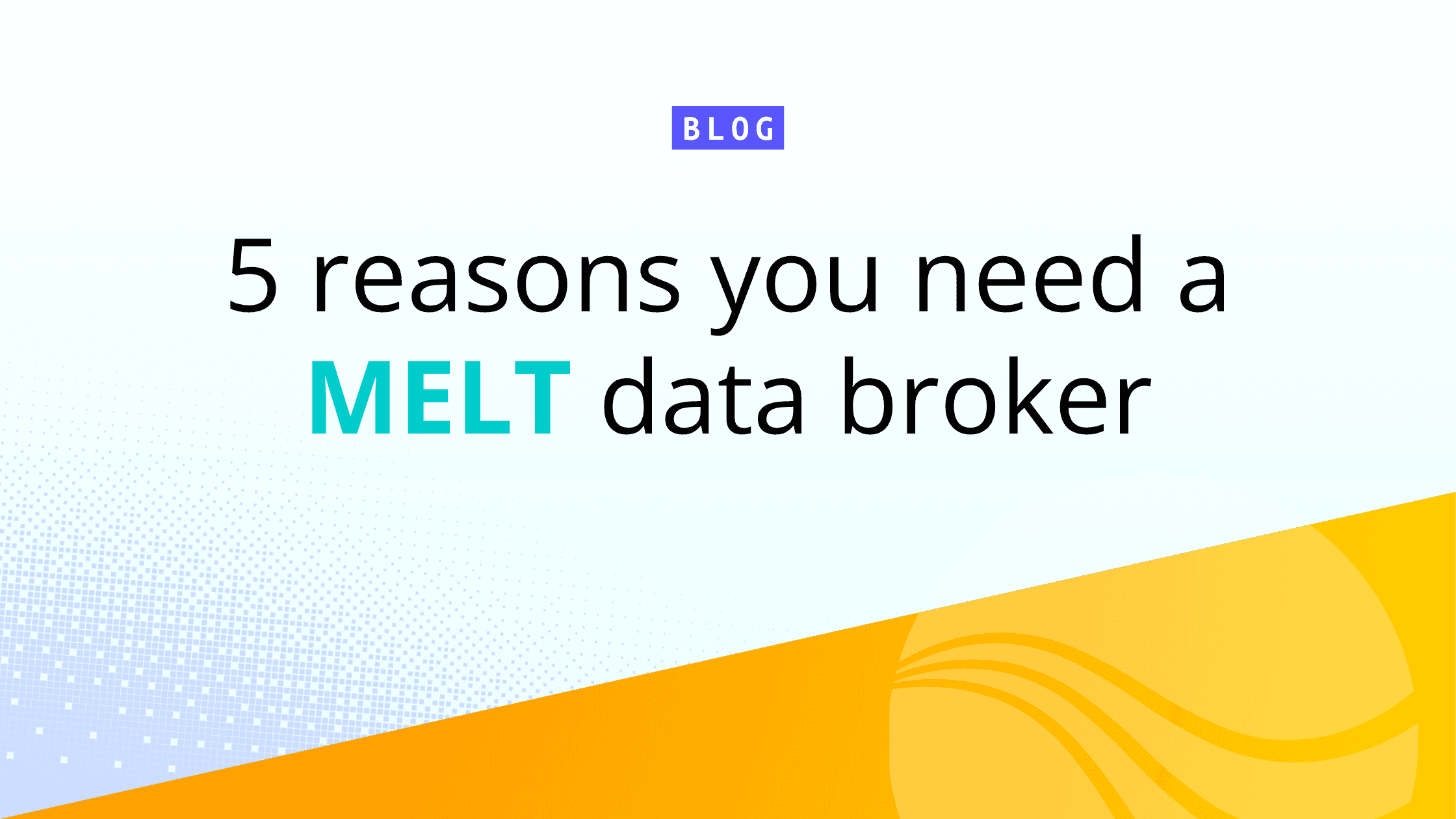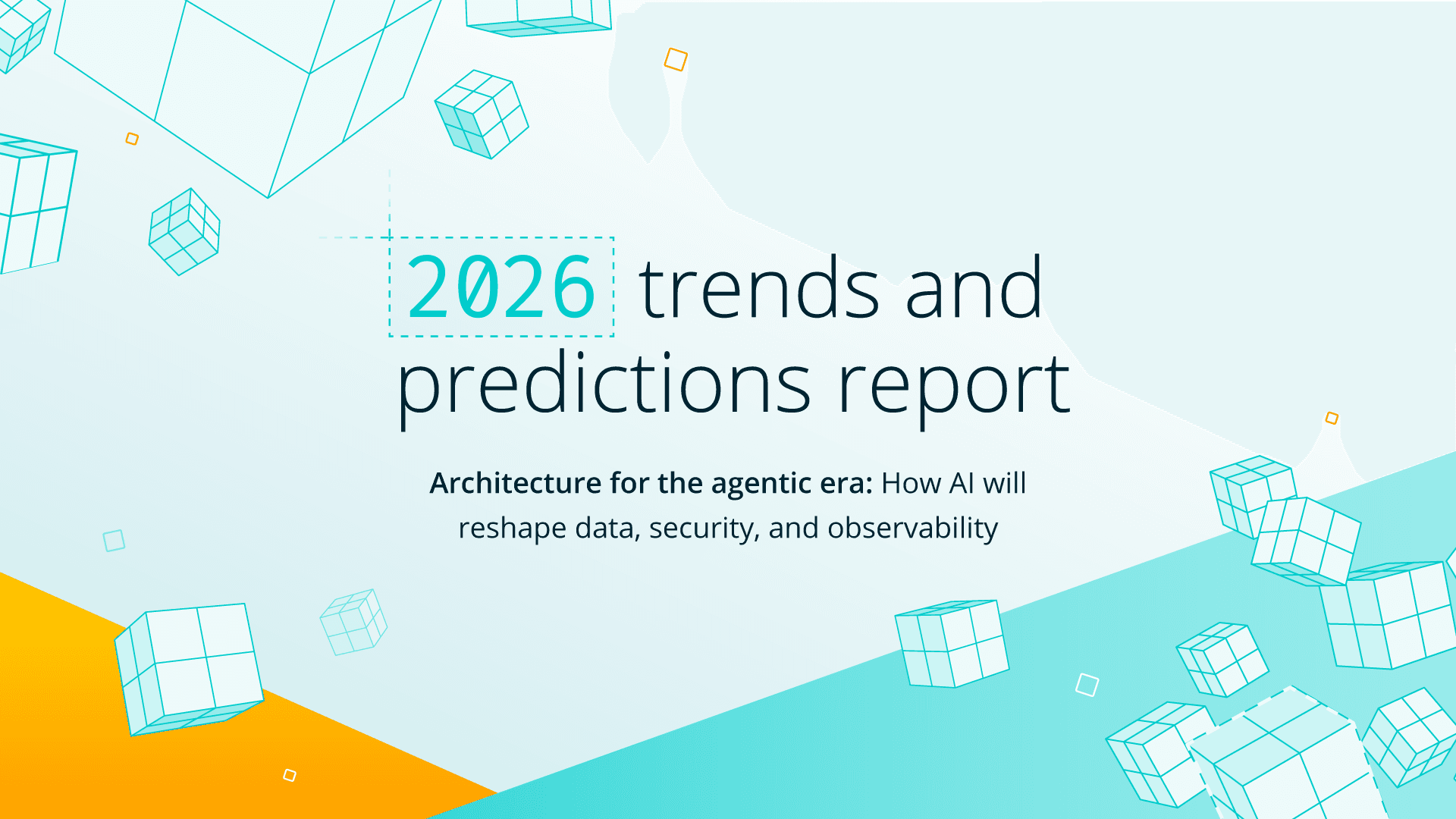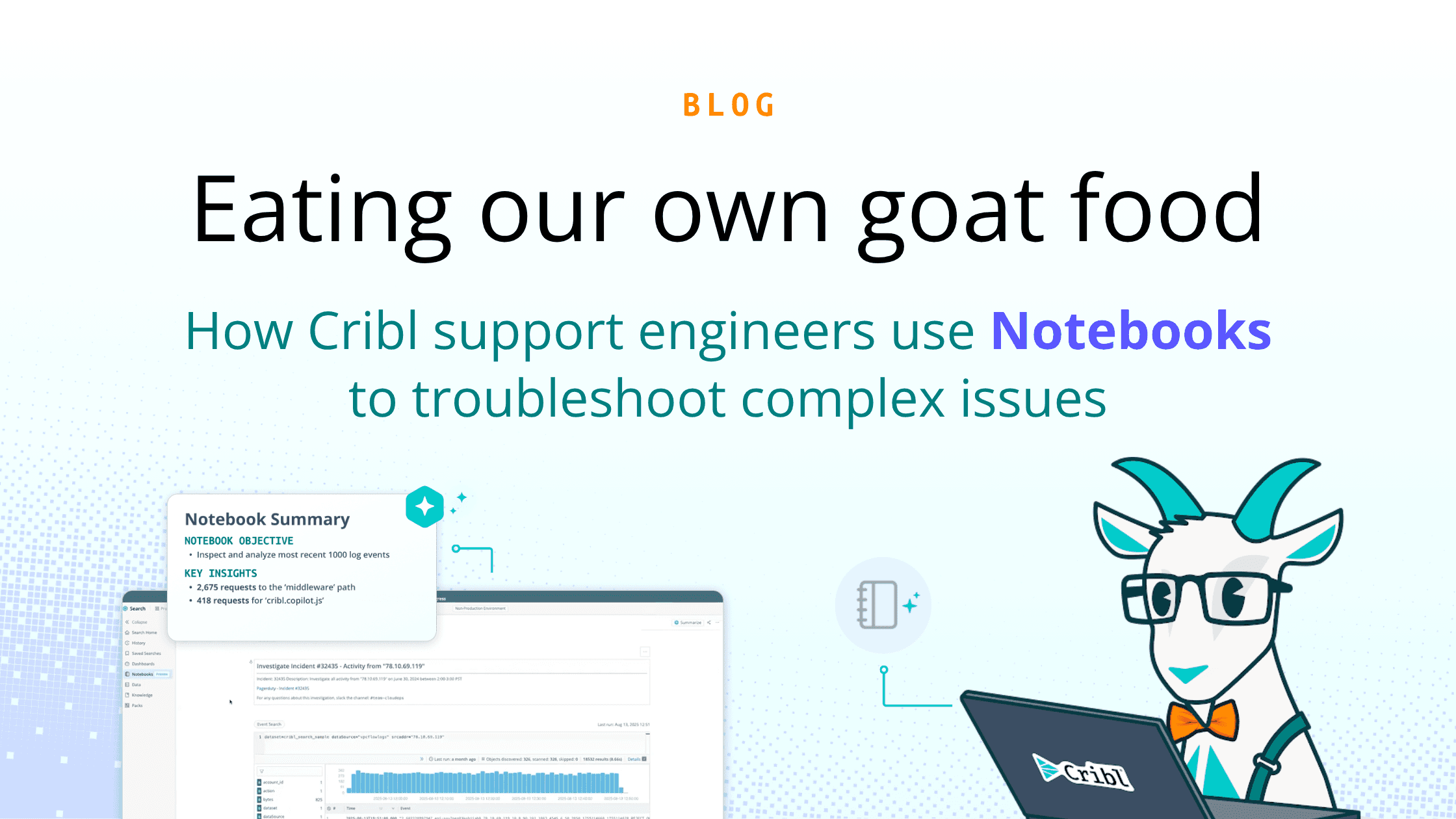Fun fact: Observability goes all the way back to the 1960s, coined by scientist Rudolf Kálmán as a way to measure a system through its output. Now, over six decades later, observability has fragmented into several specialized segments — from application observability, to security observability, and everything in between. The two segments driving the most confusion are data observability and observability data. Yes, they seem like they’re the same thing, after all it’s the same two words just in different orders. But despite some similarities, they’re actually quite different. They serve different markets and have different goals.
Let’s explore.
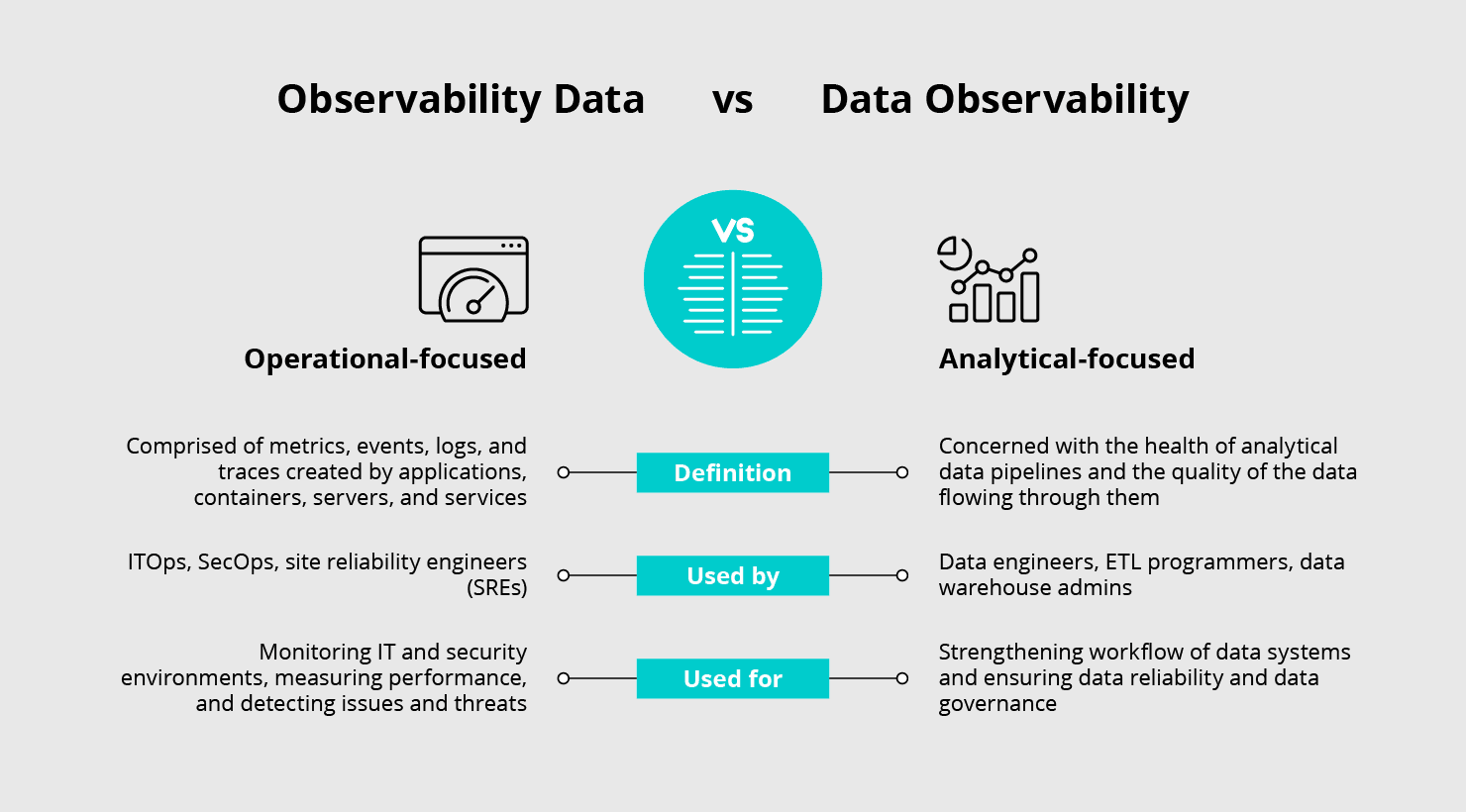
Maximizing Data Analytics with Observability Tools
Observability Data comprises the metrics, events, logs, and traces essential for all other forms of observability and monitoring to work. It’s important because it’s the operational exhaust created by applications, containers, servers, and services. Observability data is primarily used by security operations teams, IT operations and monitoring, and site reliability engineers (SREs) to understand their environments, measure performance, and detect security threats. Despite being a byproduct of other work, observability data volumes often dwarf other data sources, like transactional data. And transactional data is where our sister concept, data observability, comes in.
Data Observability is concerned with two things: the health of analytical data pipelines and the quality of the data flowing through them. In today’s traditional data & analytics environments, the pipeline moving data from operational databases (think MongoDB or SQL Server) to analytical data warehouses (think Snowflake or Teradata) can comprise dozens of different tools. When one of those tools breaks, or the data changes, it can derail the long-running batch processes used to drive strategic analysis. Unlike observability data, data observability is a concept used by data engineers, ETL programmers, and data warehouse administrators.
Which kind of observability is right for you? The answer is unsatisfying — it depends. If you’re a chief data officer or chief analytics officer, a strong data observability practice increases the reliability of data pipelines and helps you build trust in your data products across the enterprise.
On the other hand, if you’re an IT or security leader, you need a strategy to deal with the onslaught of observability data flooding your platforms. Collecting the right data and delivering it to the right systems makes the difference between a good customer experience and a poor one, or between avoiding a security incident and being tomorrow’s headline.
Unlocking the Power of Observability for Better Management and Security
Enterprises are waking up to just how much value healthy, usable observability data brings to their organization. The demand for data scientists, data engineers, and observability engineers is increasing, and chief data officers are starting to become more prominent. Observability Data provides data-driven insights to support organizational goals and prevent cyber fraud. With the rise of big data, it is becoming increasingly important for companies to have effective data management systems to capture, store, and analyze the right data to make informed decisions.
Cribl’s flagship product Cribl Stream is a vendor-agnostic data pipeline that collects, reduces, enriches, normalizes, and routes data one source to another.
Data Observability, on the other hand, provides visibility and control over an organization’s diverse data infrastructure. It allows engineering teams to manage, monitor, and resolve issues in the various layers of a distributed data stack, providing insights into data pipelines and the data flowing through them. This information can be extracted from the data collected and processed by the organization at any given time.
Both Observability Data and Data Observability serve different markets, different use cases, and different timeframes. Observability Data caters to modern data stacks that require efficient data routing while Data Observability caters to organizations looking for visibility and control over their data infrastructures. By providing valuable insights and improved data management capabilities, both concepts can help businesses unlock the full potential of their data.
What Markets Do They Cater To?
In a recent podcast, Nick Heudecker, Senior Director of Marketing Strategy at Cribl, and Lior Gavish, CTO at Monte Carlo, discussed the markets for both these services. One of the key takeaways was the growing market and adoption of technology and cloud in business settings. With the complexities of these systems skyrocketing, it is getting increasingly difficult to build microservices and ensure clear cybersecurity. This is heavily dependent on data and analytics.
Observability Data assists organizations in dealing with their assets, services and data flows. This market is much more mature than data observability. For instance, organizations like Cribl are bringing a very innovative approach to solving the problems of data. Now, data can be used with multiple tools, multiple destinations, and for different use cases. The Observability Data market is logs, events, metrics and traces — with data that could increase and multiply over time. Companies are increasingly investing in this to manage the high levels of complexity of their assets to drive business decisions. These companies are increasingly using their data — notably analytical data, to make decisions. These need to be highly reliable to be useful, and organizations need to increase investment to ensure trust in these products.
On the other hand, the focus of Data Observability tools is to fulfill the needs of data engineers, data architects, chief data officers, data scientists and analytics officers. With more businesses going digital, data engineering teams need Data Observability tools to ensure they can meet the SLAs of their organization’s to meet their goals.
Different Advantages for Data Observability and Observability Data
Data Observability assists data engineering teams in ensuring data reliability and data governance. The process and steps are different from Observability Data in the sense that the stacks used are more of data warehouses. Information from these data observability platforms is collected, optimized and designed for data engineers and helps them strengthen the workflow of the data systems. The focus is on understanding the data flowing through the system.
With Observability Data, the attention is less on the infrastructural layers or performance measurement, which monitors the health of the observability pipeline. The stack for Observability Data caters to infrastructure and cybersecurity teams. They collect the data to monitor what’s happening across their environment.
Data Observability vs Observability Data Are Two Peas In a Pod
Observability has captured a sphere in the IT market with no going back for enterprises. Today, 90% of IT professionals believe in the importance of observability for their business, but only 26% have a mature observability pipeline. In addition, 91% of IT decision makers see observability as critical at every stage of the software lifecycle. It’s here to stay- be it in the form of Data Observability or Observability Data.
Observability has become a crucial component in the data lifecycle management of IT companies. With the increasing volume of data generated and processed, it’s crucial for organizations to have a robust and efficient observability strategy. Both Observability Data and Data Observability address different aspects of the data lifecycle, each offering unique benefits and applications. For instance, the Data Observability lifecycle addresses collection, storage, analysis and visualisation of the organisational data. Observability Data manages data routing to various places in different versions.
Observability Data, which is more operation-focused, is designed to help organizations monitor and manage their data flows, ensuring their existing infrastructure and services are functioning as intended. It focuses on identifying issues related to data routing and pipeline performance and provides insights that help improve overall data health.
On the other hand, Data Observability is more analytical in nature, catering to the needs of data engineers and other data-focused teams. It helps organizations gain visibility into the data that’s flowing through their systems, providing a more in-depth understanding of the data’s quality, structure, and distribution. It also assists in optimizing data pipelines, improving data reliability and governance, and detecting anomalies and issues in the data.
Ultimately, organizations must carefully evaluate their data needs and decide which approach to observability is best suited to their specific requirements. Both Observability Data and Data Observability are complementary to each other and can be used together to optimize data management and help teams gain the most value from their data.
